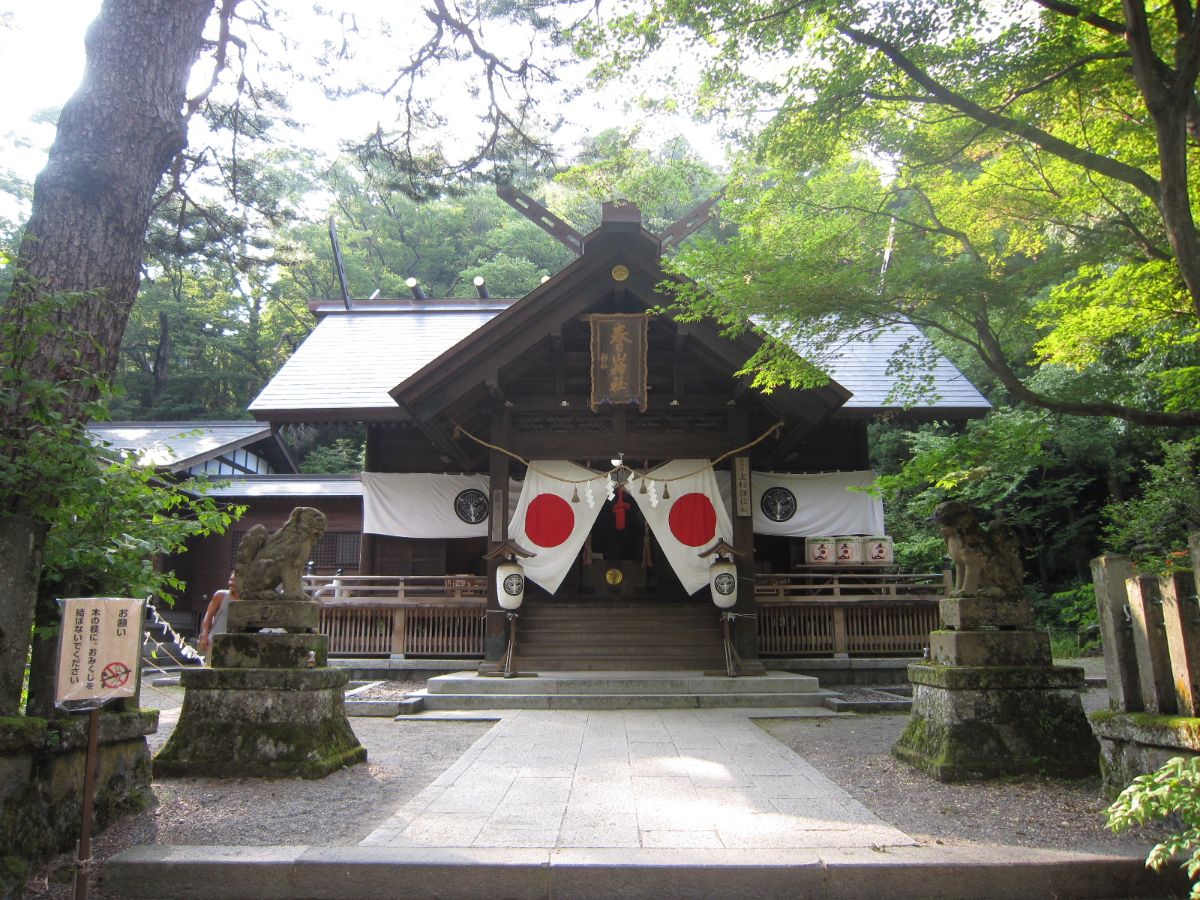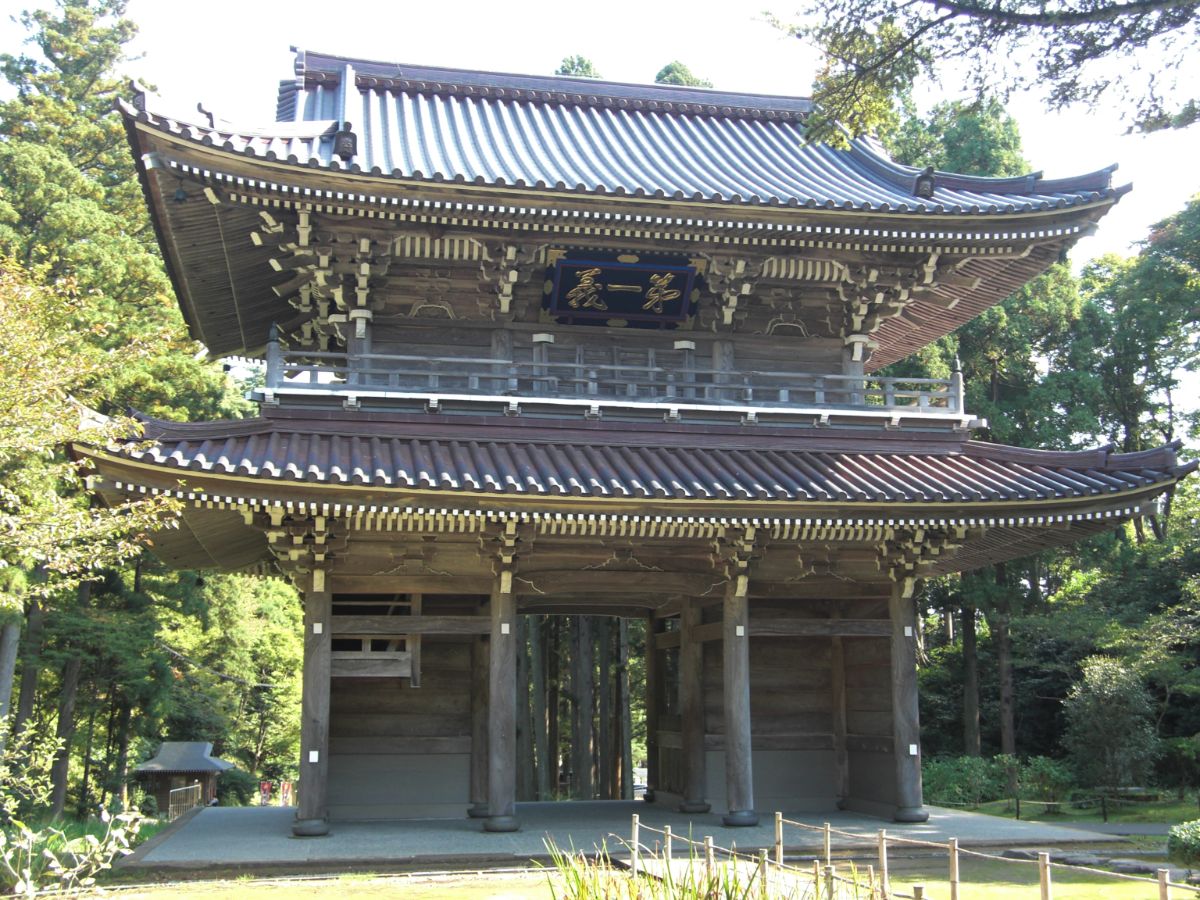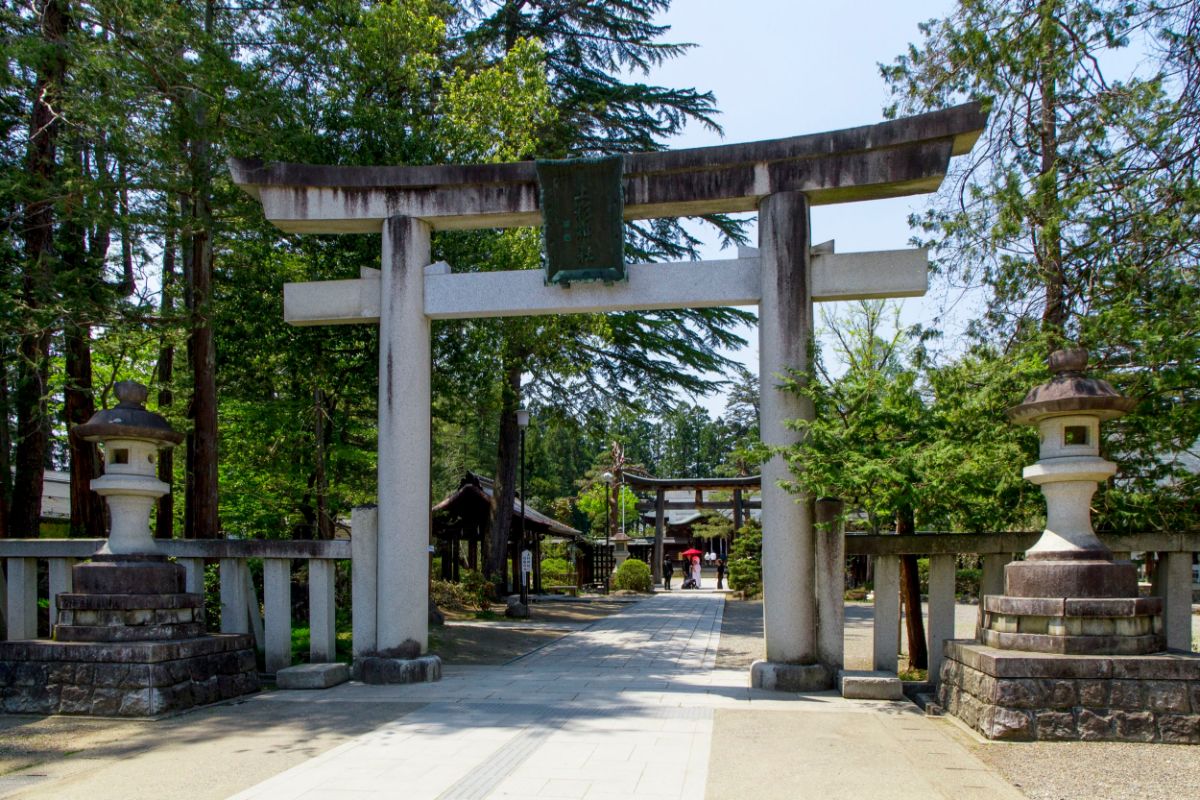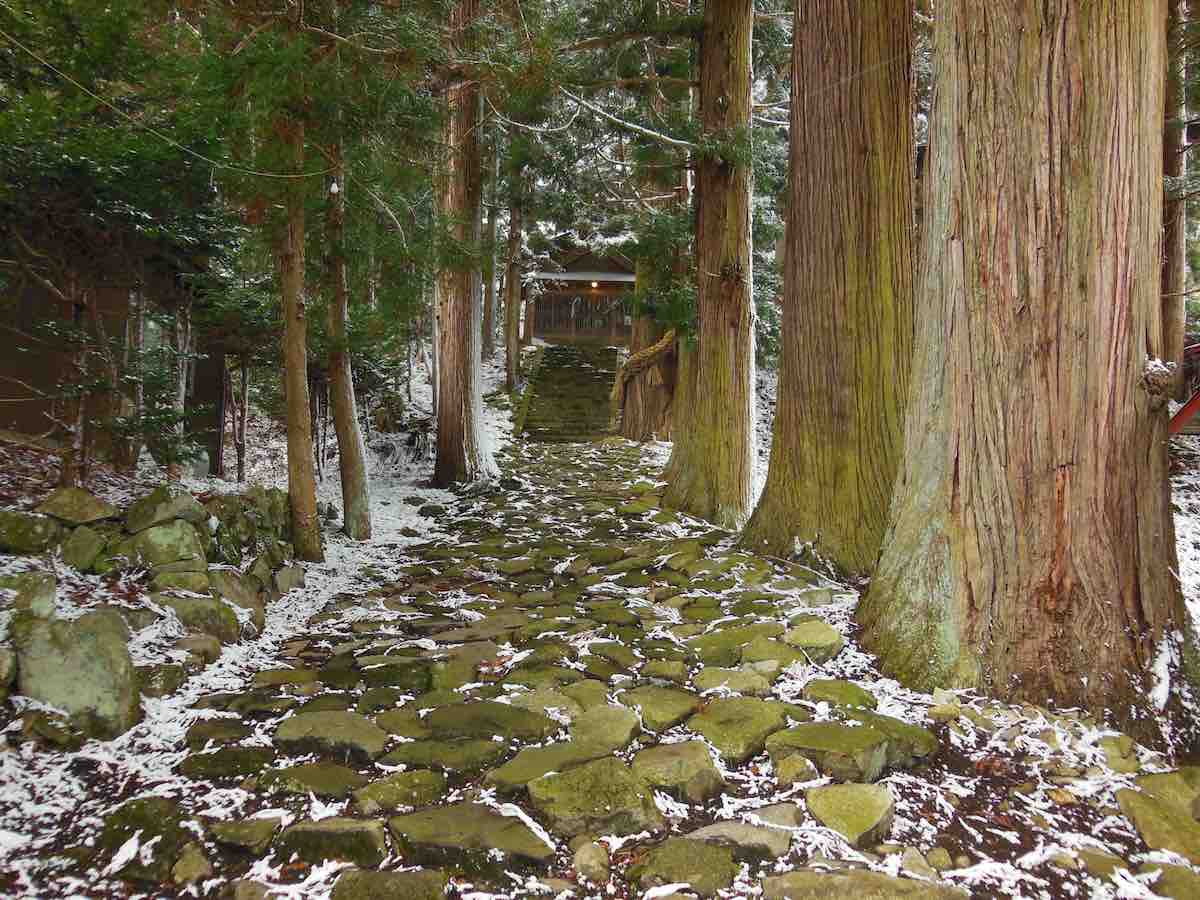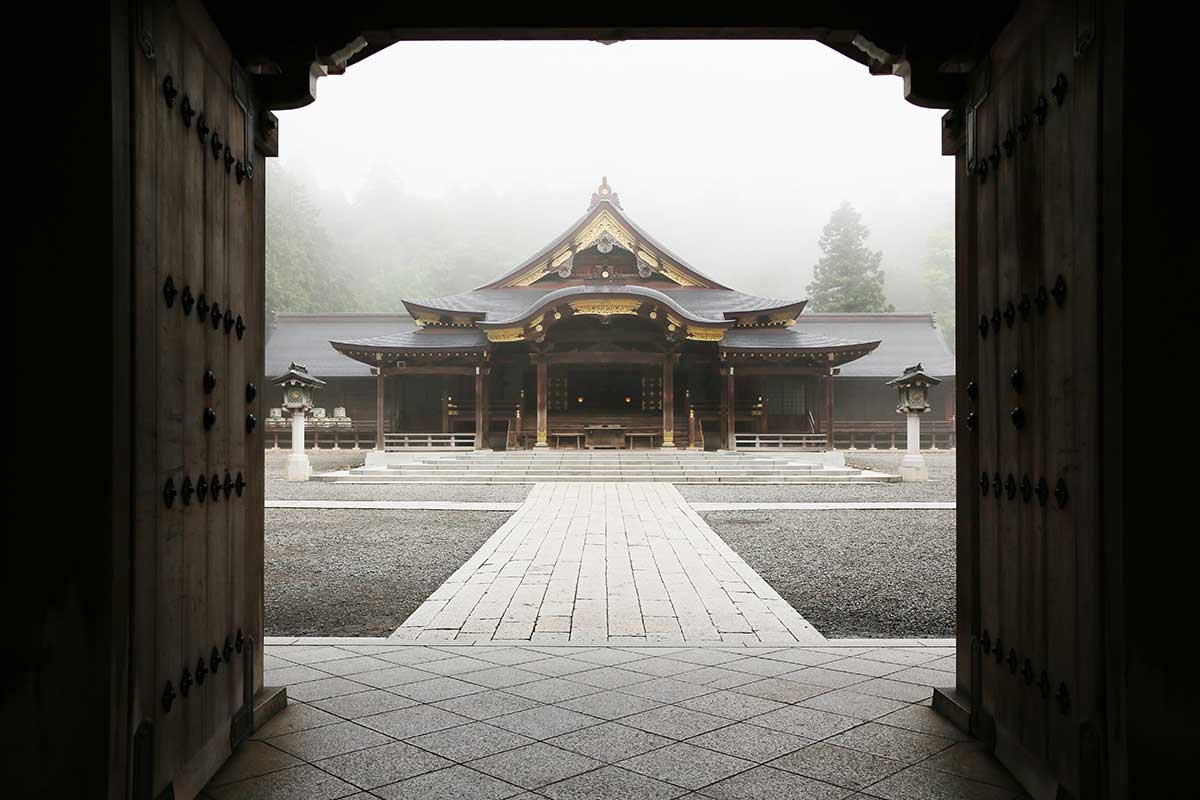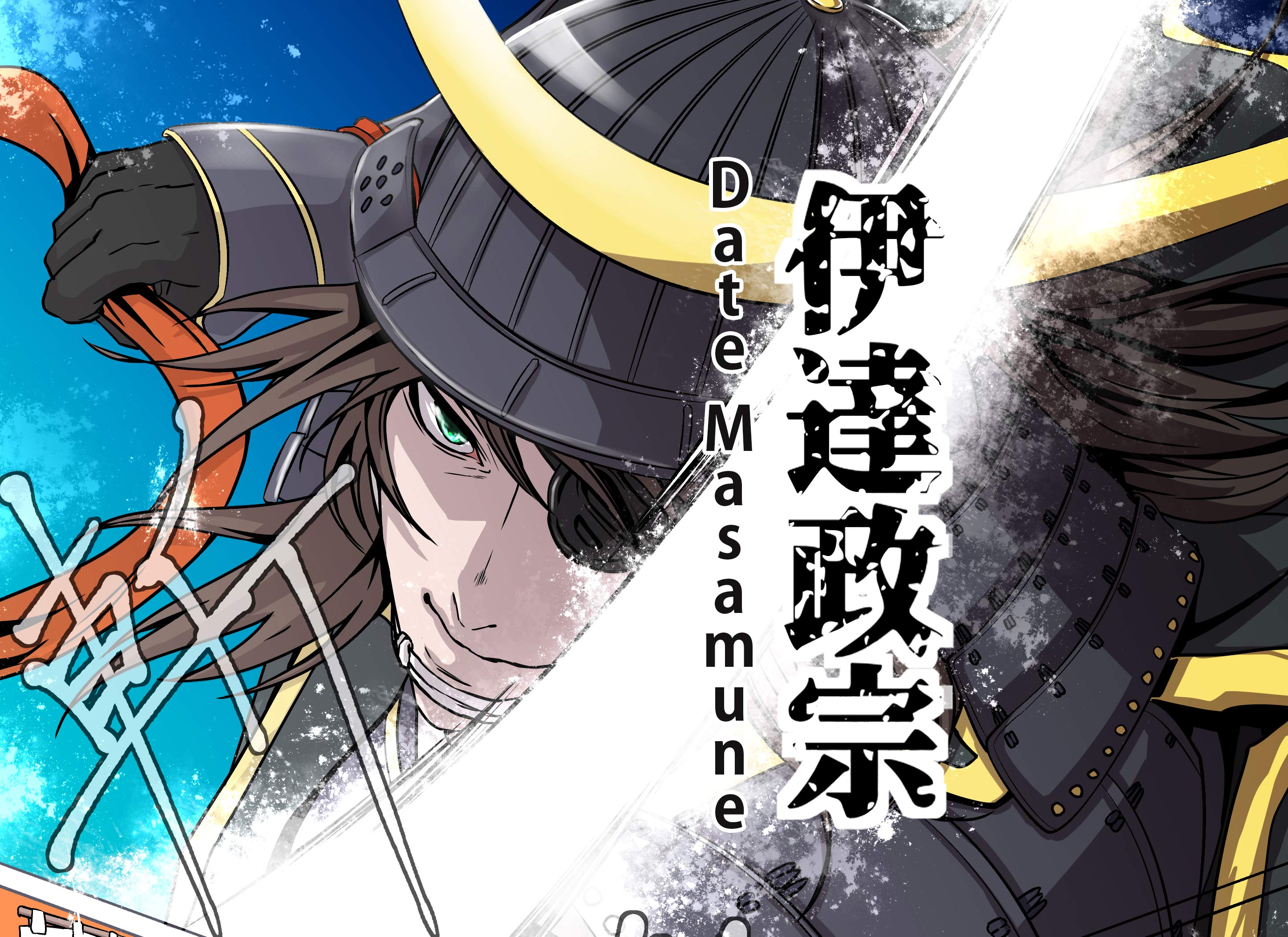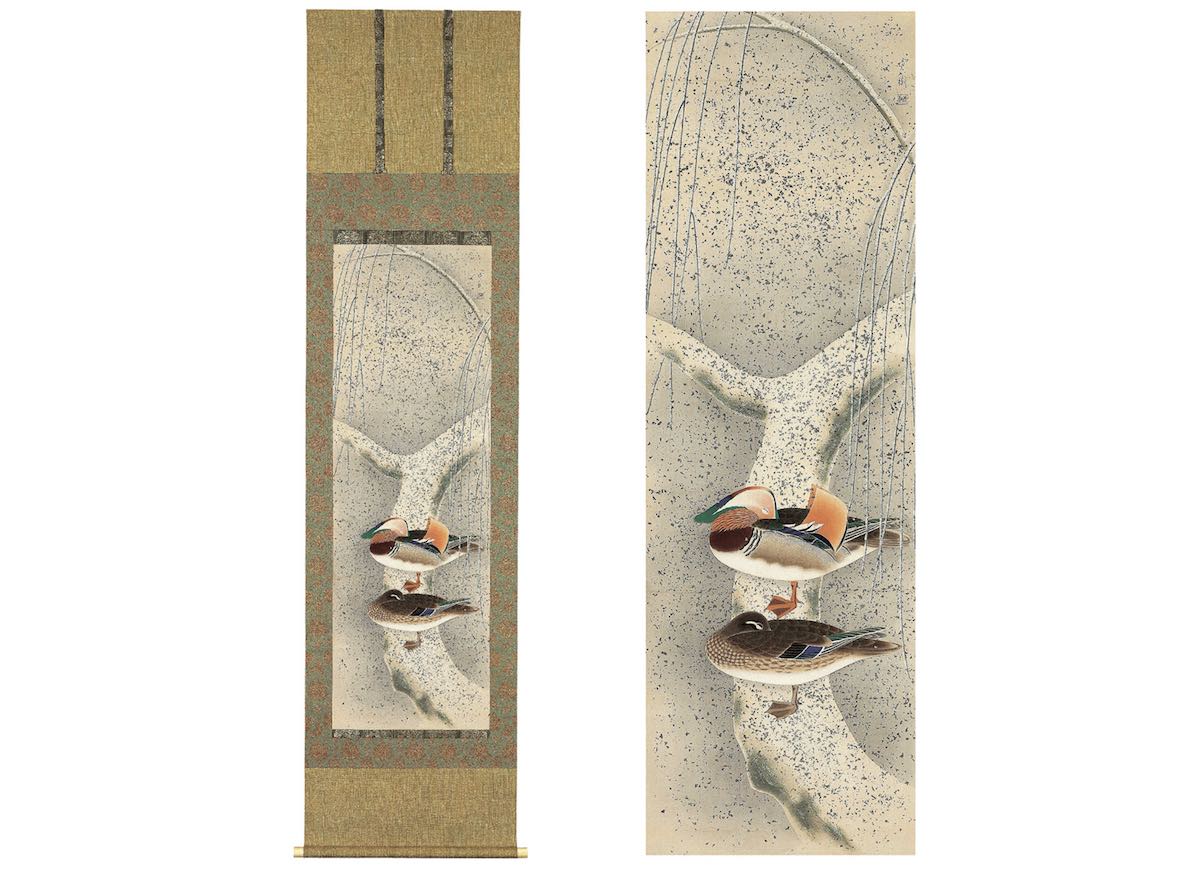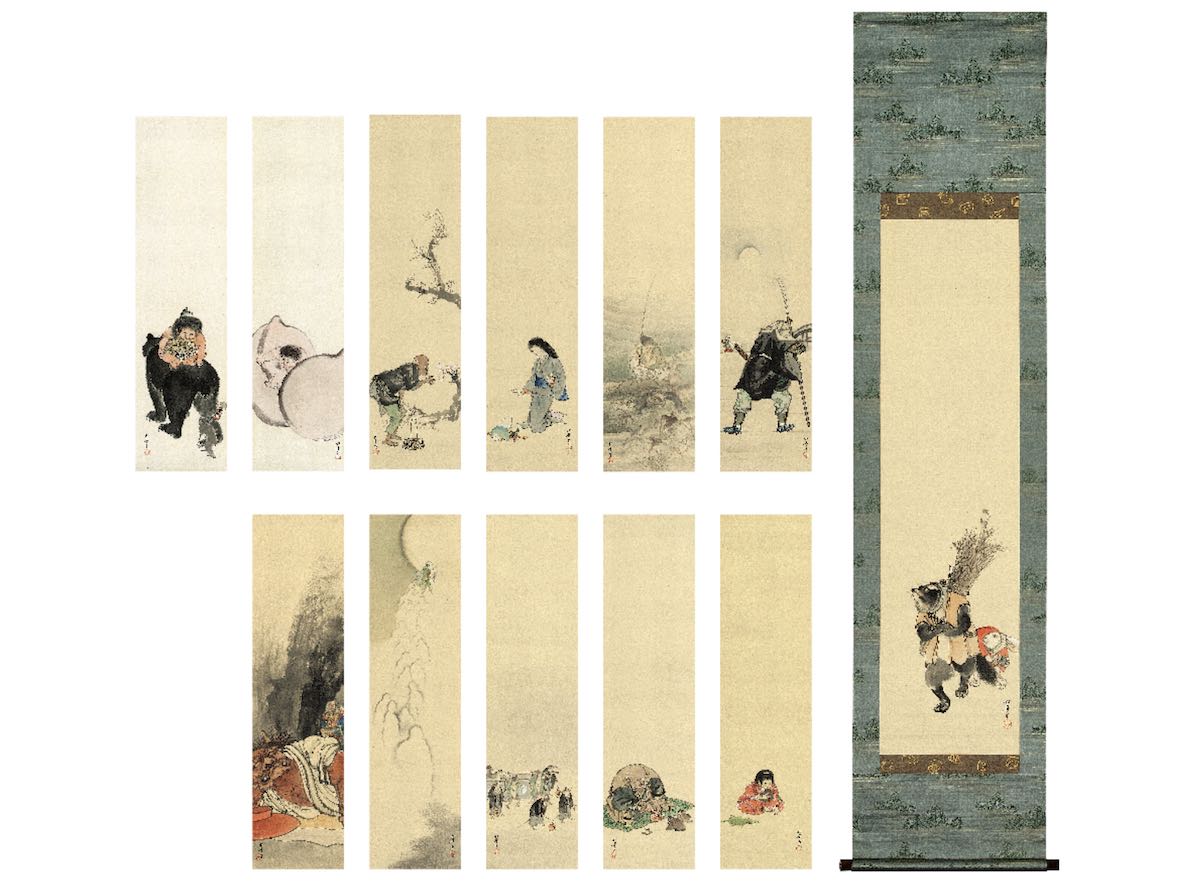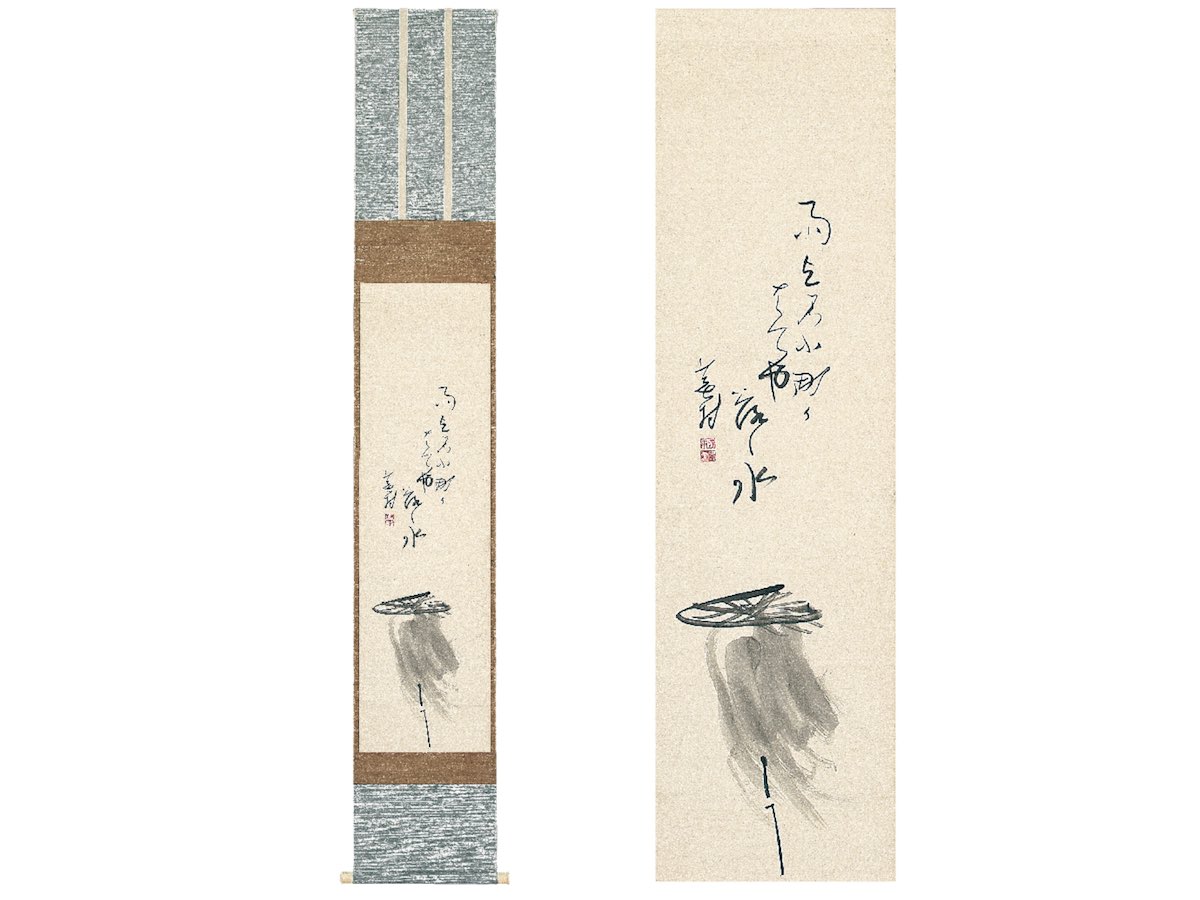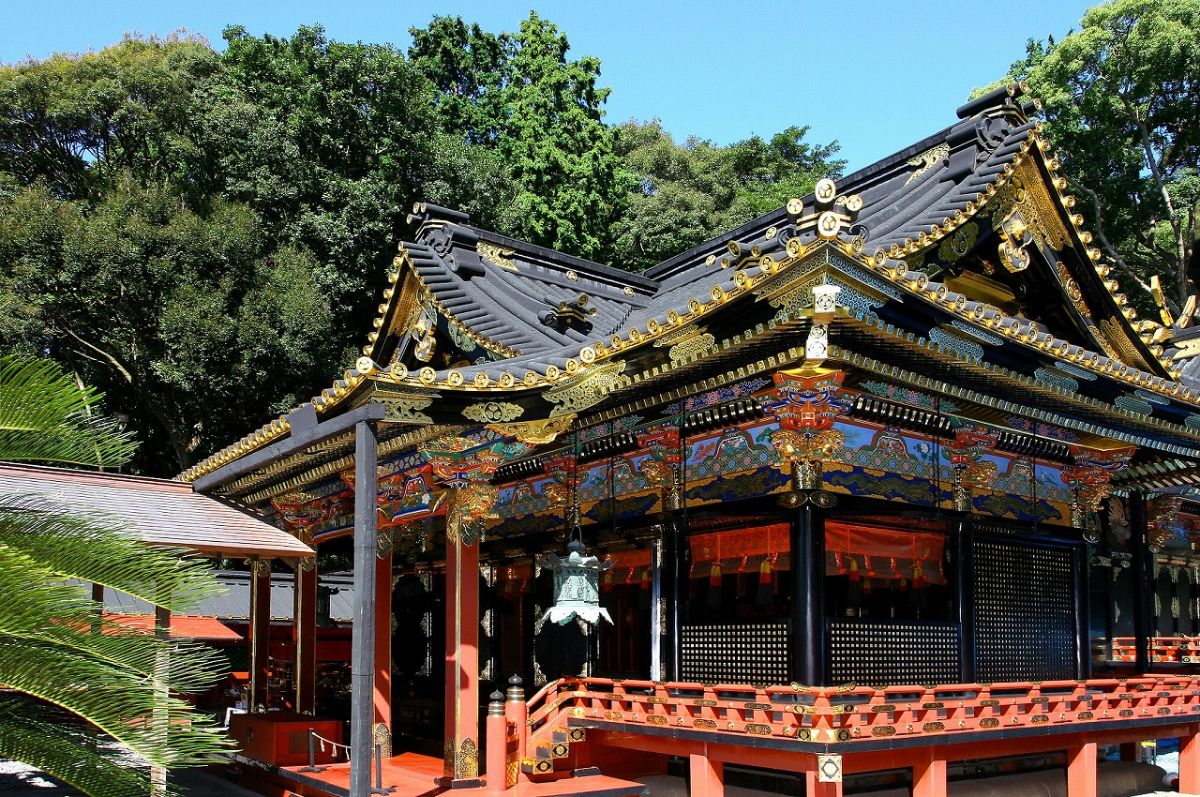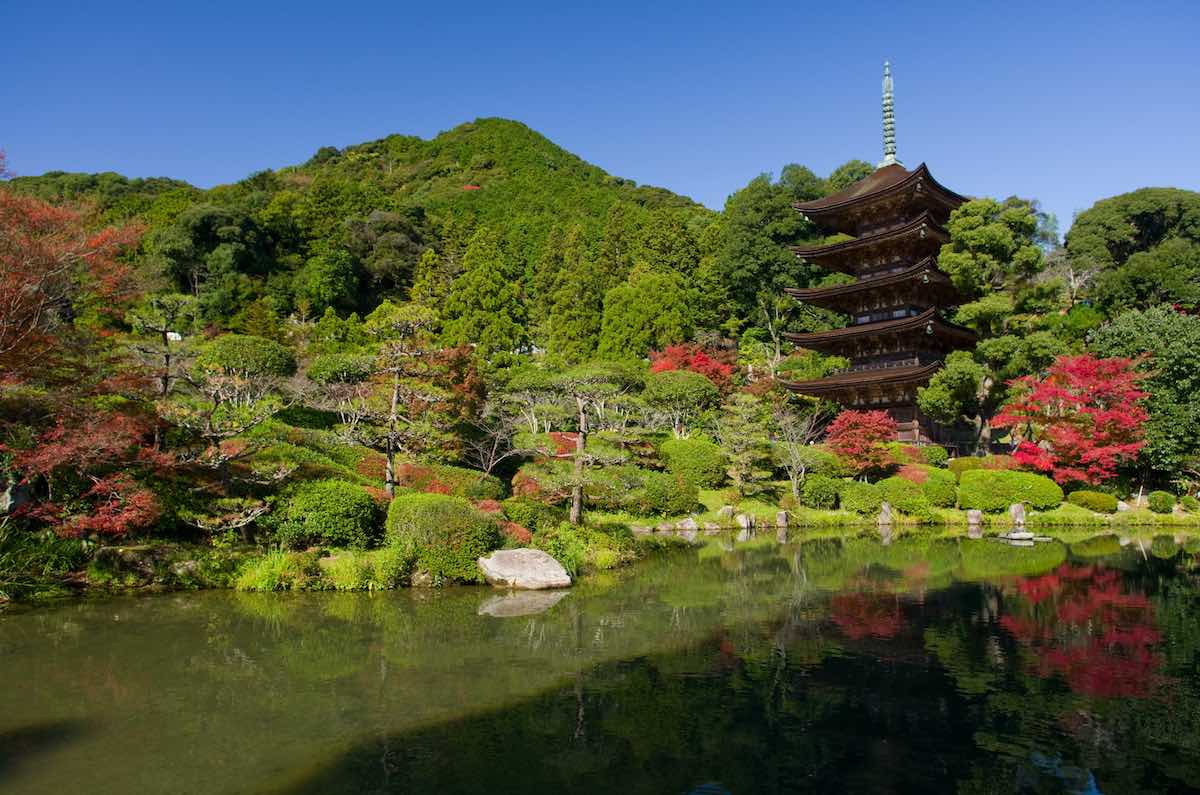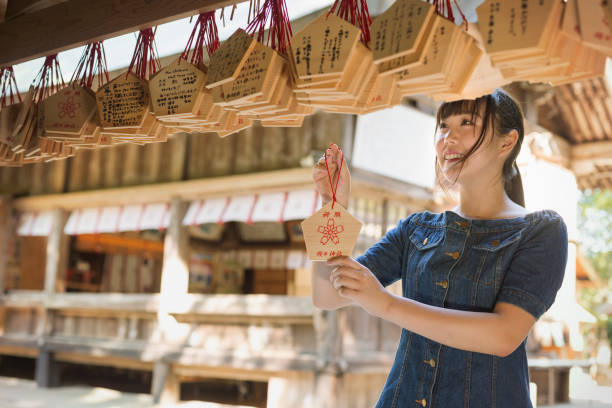Uesugi Kenshin: The General With Superb Fighting Ability, Intelligence, And Interpersonal Skills
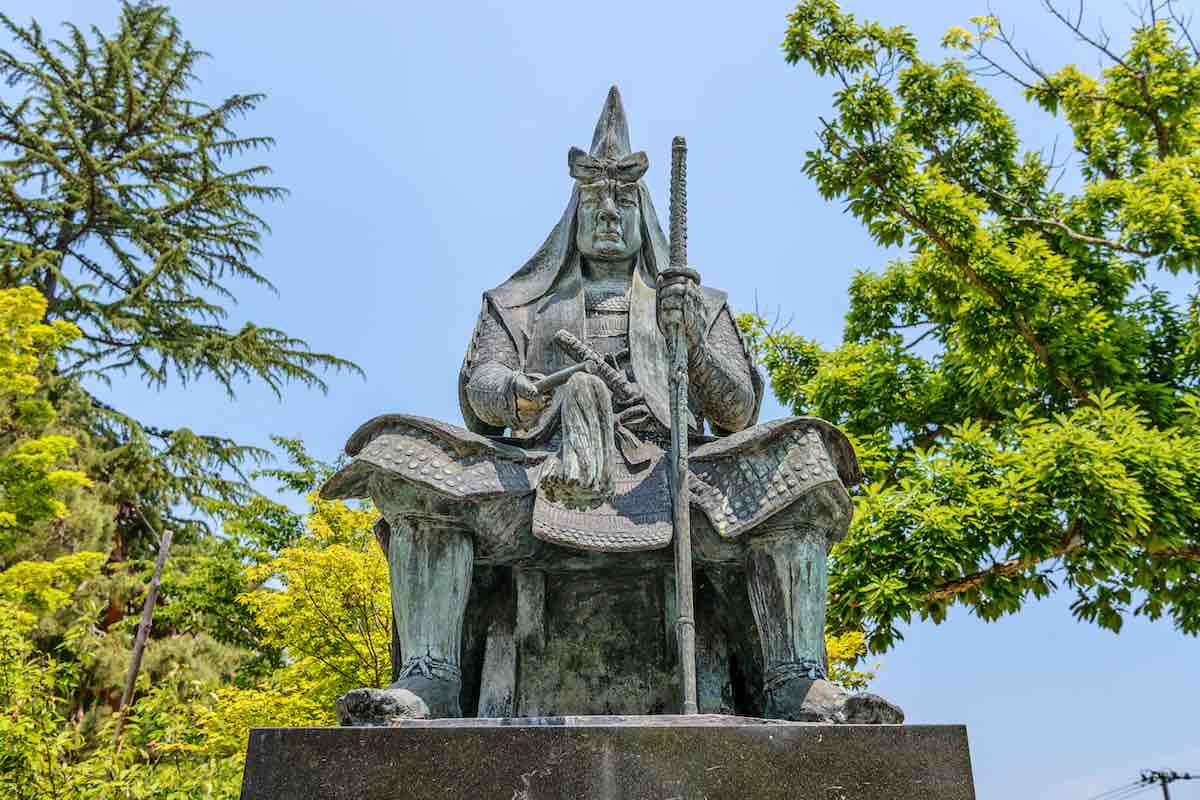
Uesugi Kenshin, god of war. Out of approximately 70 battles he took part in during his life, he lost just twice (*according to some theories). Due to this impressive record, he was referred to as "God of War." Kenshin was a bold and heroic warrior who would use tactics no one else would think of like personally smashing into enemy lines, he was said to be a genius of battle. He was also a devout believer in Buddhism, and he strongly felt that "a general must be a paragon of benevolence, righteousness, courtesy, wisdom and faithfulness (the 5 virtues of Confucianism); and love and treasure the people of his fiefdom." He also excelled in administrative affairs and was a commander with both strength and kindness.
The Life Of Kenshin, A Man Of Strength, Kindness, And Faith
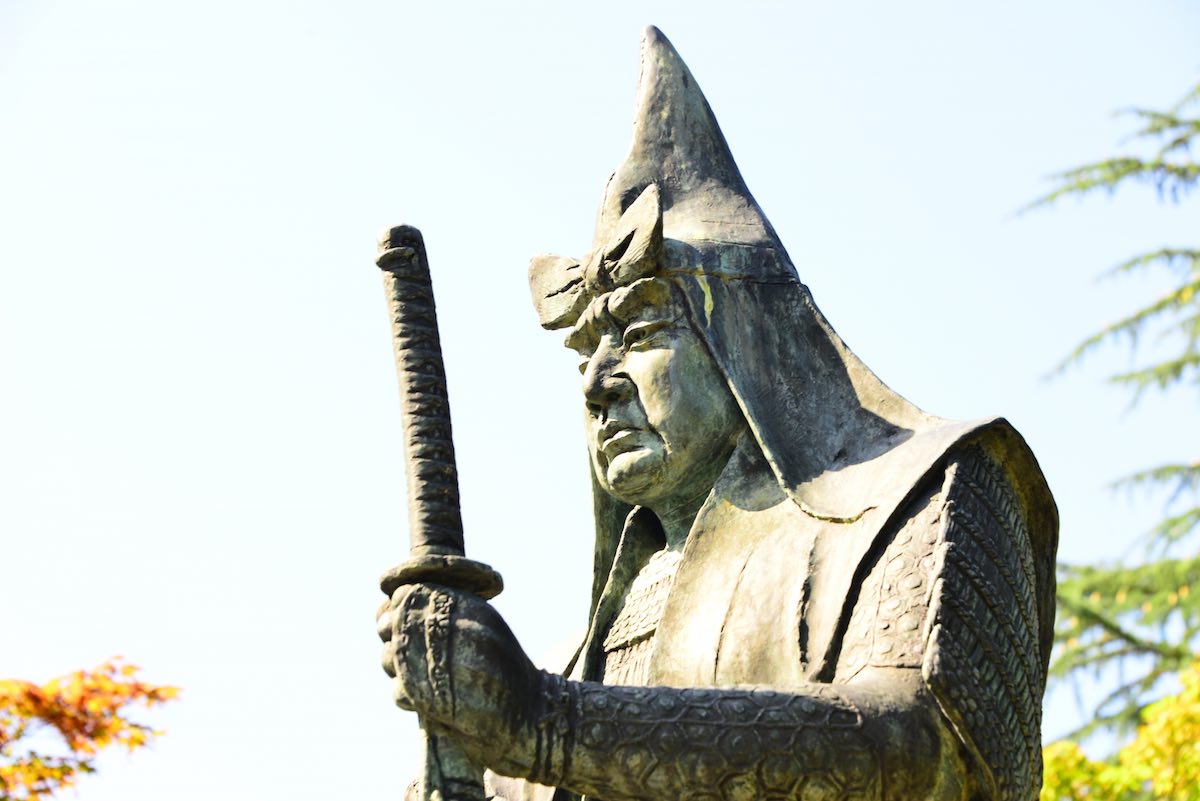
On January 21, 1530, he was born at Kasugayama Castle in the Echigo province (modern-day Niigata Prefecture), second son of Nagao Tamekage, the acting shugo military governor at that time. From an early age, Kenshin was larger than other children, and he is said to have liked activities such as sumo wrestling, sword sparring, and grappling. In addition, he was quite bright and surprised those around him with his ability to understand and interact on an adult level as a child. He also entered the Rinsenji Temple (located in modern-day Niigata Prefecture), and cultivated wide-ranging knowledge of topics such as zazen and military strategy there, as well as his faith.
Kasugayamajo Castle Ruins are known as the residence of the great warlord in the Sengoku period (...
Rinsenji Temple in Niigata Prefecture was built in 1497 by Nagao Yoshikage, grandfather of the fa...
At the age of just 13, he participated in the ceremony for attaining manhood, and at 14 (*15 according to some accounts), he took part in his first battle. Kenshin's strength was recognized by his older brother, Harukage, and he was selected to be the head of the Nagao family.
From that point forward, Uesugi Kenshin's life was a series of battles. With battles against his long standing enemy, Takeda Shingen, and the supreme ruler of the Sengoku Period who aimed to unite the country, Oda Nobunaga, Kenshin lived on the brink of death.
Suddenly, at the age of 49, Kenshin fell in the bathroom at Kasugayama Castle and passed away. Kenshin was famous for his love of alcohol and salty snacks, so his death is considered to have been most likely caused by a stroke due to his high blood pressure. This story as well has a very human side to it, which is typical of Kenshin.
He is said to have been placed in a large earthenware brewing vessel in full armor after his death, and there are various theories about his final resting place, some claiming he was buried at locations such as Rinsen-ji Temple or in the Uesugi family shrine.
Kenshin's Strong Sense Of Duty Remembered As A Proverb

Kenshin was a devout believer in the Buddhist deity "Bishamon."
He is famous for his sense of duty, as evidenced in the following quote. "I don't do battle for selfish desires. But I will help anyone when there is a reason to do so." There was a side of him which was very strongly monk-like, which was a rare quality among the Sengoku Period shogun.
The following story shows Kenshin's character.
"Sending salt to the enemy" is a proverb which means "when your opponent is struggling, provide assistance for problems not directly related to the battle."
The Kai and Shinano territories of Kenshin's nemesis, Takeda Shingen, were looking inland, so the people could not produce salt. Imagawa Uchizane, who was battling Shingen, stopped the sale of salt within the latter's territories. Having no access to salt was a major problem for the residents. However, Kenshin restored salt purchasing to Shingen, his nemesis. Fighting fair and square without advantages or disadvantages. The proverb comes from this attitude that Kenshin had.
Kenshin's Death Poems
Kenshin wrote two poems just before his death.
"四十九年一睡夢 一期栄華一盃酒"
Translation: 49 years of life is no more than a single dream, and all the glory of the world equivalent to a glass of sake.
"極楽も 地獄も先は 有明の 月の心に 懸かる雲なし"
Translation: I don't know whether I'll go to heaven or hell after I die, but my spirit is like the moon in a cloudless sky, shining bright and clear.
The first poem shows just how much Kenshin loved sake. He was a powerful genius on the battlefield and also a man of culture. He was extremely skilled at writing Japanese waka poetry, playing the biwa (a type of short-necked lute) was his hobby, and he enjoyed The Tale of Genji. He was truly a multi-talented individual.
Places With A Connection To Kenshin
Uesugi Jinja Shrine
Uesugi Kenshin is enshrined as a deity here. Many items tied to Kenshin such as the Keishoden, Shinamonten painting, Uesugi Kenshin painting, Takeda Harunobu's subjugation prayer, and a Japanese national flag are stored here.
Uesugi Jinja Shrine is dedicated to the great warlord Uesugi Kenshin, who never lost in the war d...
Shionomichi Trail (Salt road)
This is the place where Kenshin sent salt to Shingen, the source of the "send salt to your enemy" proverb. The path is 120 km long, extending from the city of Itoigawa in Niigata Prefecture to the Shinano area of Matsumoto, Nagano.
"A 120km road that runs from Itoigawa City, Niigata Prefecture to Nakanobu Matsumoto City, Nagano...
Yahiko Jinja Shrine
Yahiko Jinja Shrine holds a prayer claiming the legitimacy of Kenshin's departure for Kanto, Shinano Kawanakajima, and Echichu. This shows that Kenshin was the only shogun of the Sengoku Period who honored justice and innocence during the troubled times.
Yahiko Jinja Shrine is the most prestigious Shinto shrine in Niigata and has a long history datin...
Events With A Connection To Kenshin
Yonezawa Uesugi Festival
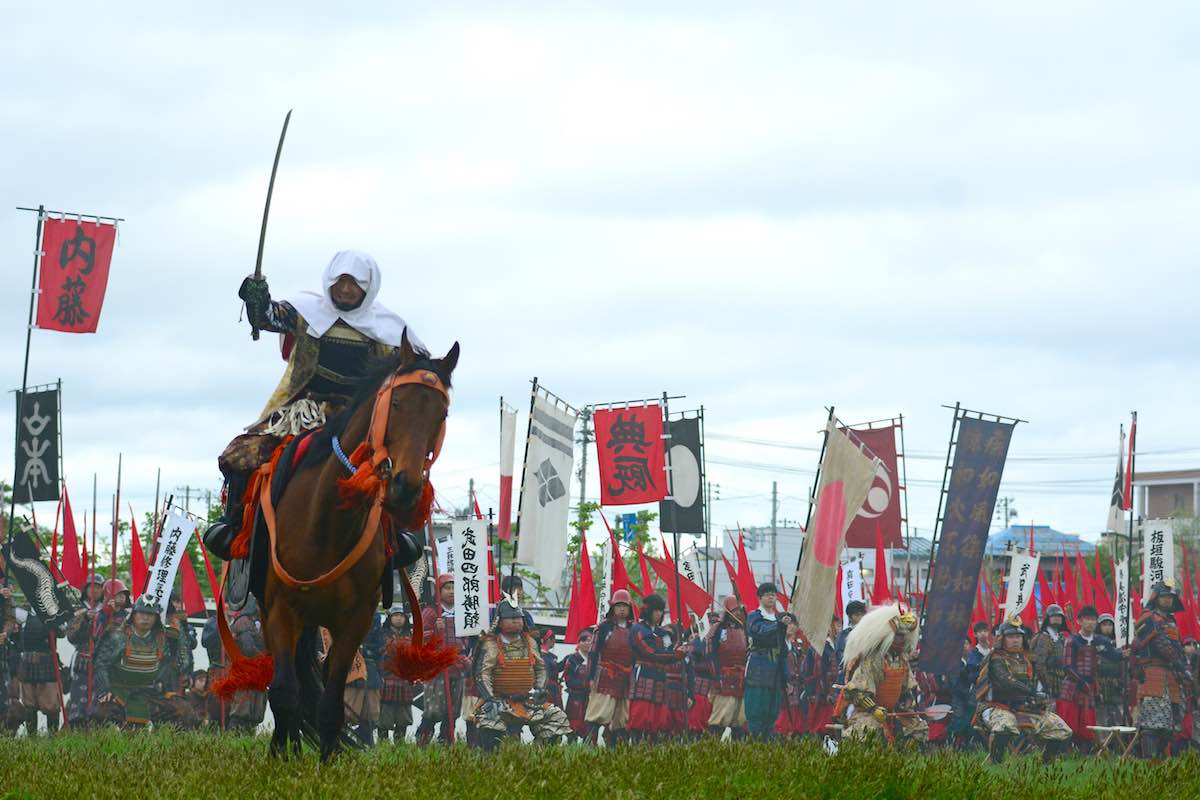
The battle between Uesugi Kenshin and Takeda Shingen at Kawanakajima is said to have been the bloodiest in the Sengoku Period, and this festival is a recreation of it. It is held over a 5-day period at Uesugi Shrine. The festival starts on April 29th, the date of Kenshin's death, and includes events such as a warrior ceremony, parade of armor, and the Battle of Kawanakajima. A total of 700 people clash, and the intense flash of arquebus rifles draws cheers from the audience watching the performance.
Kenshin Festival
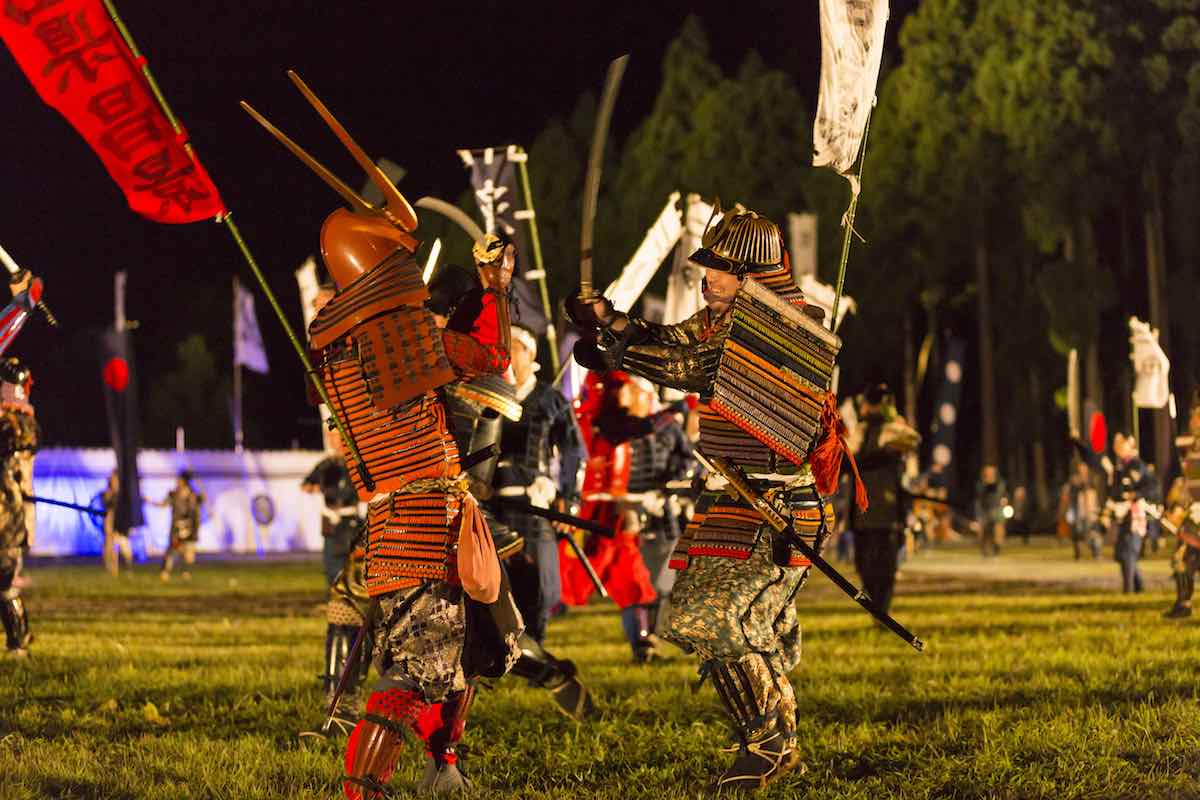
In August, in the plaza at the remains of Kasugayama Castle, the Kenshin Festival is held to commemorate Kenshin's bravery and virtue. The highlights of the festival include the "Shutsujun Gyoretsu," a procession of gallant warriors with long-handled swords; and the extremely impressive "Re-enactment of the Battle of Kawanakajima," which is like watching the story of a movie unfold in person.
Kenshin's Crest
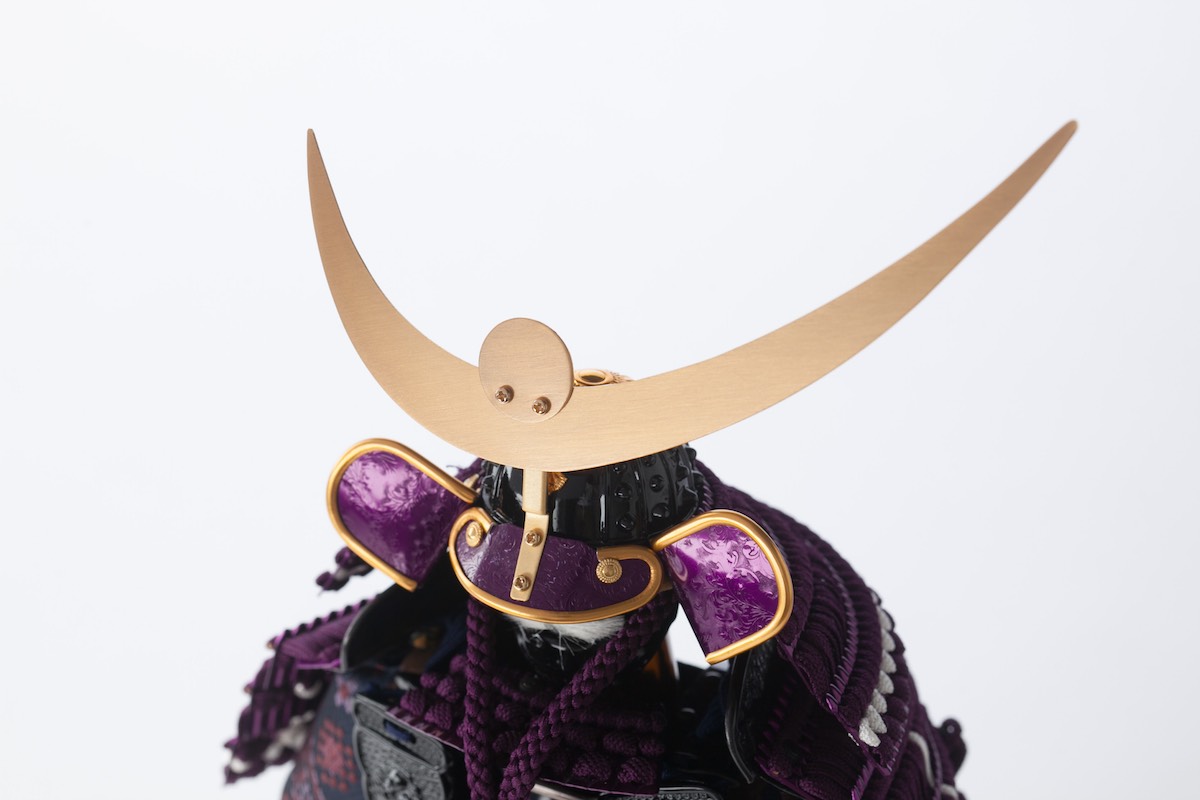
There are an incredible 10 different types of helmets said to have been used by Uesugi Kenshin. The most famous of these are those adorned with crests symbolizing the sun and a crescent moon. The crest of [Date Masamune's] helmet features a stylish crescent moon which symbolizes success and protection, but Kenshin's helmet has both a crescent moon and a sun. Since Kenshin was a believer in Bishamonten, a Buddhist war deity, he is said to have used the sun and moon crests as a symbol for his faith. In addition, it is said that the reason the right side is shorter when worn is it got in his way when firing arrows and swinging a sword.
In Japan, May 5th is called Children's Day, and on this day there is a custom of decorating with May dolls (a suit of armor and helmets) to pray for the healthy growth and development of the boys who are born as successors of the family. The use of these Sengoku Period warrior helmets reflects the feeling of wanting a child "to be this kind of person." Many of the helmets used for this purpose feature the same crests as Kenshin's helmet, perhaps because people are drawn to his strong yet gentle nature and the way he lives his life.
“Bottle Armor” Presenting An Authentic Japanese Tradition In A Modern Style
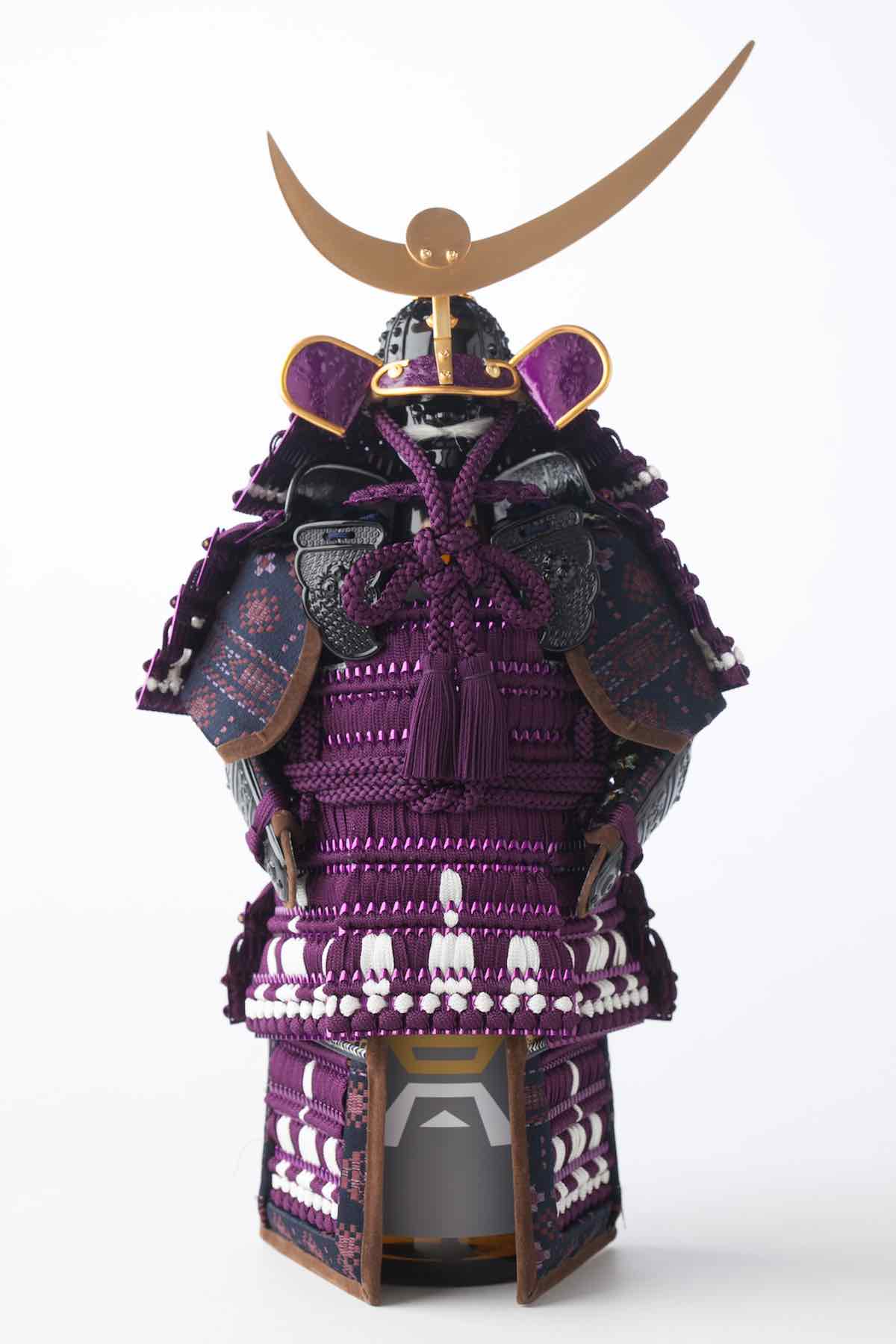
The sun and moon crests which symbolize success and protection shine, and this Uesugi Kenshin suit of armor has been reborn as handcrafted Bottle Armor made by skilled artisans. It's a small suit of armor that fits over a beverage bottle, such as sake. Each individual part is handmade, and the construction is extremely elaborate and detail-oriented.
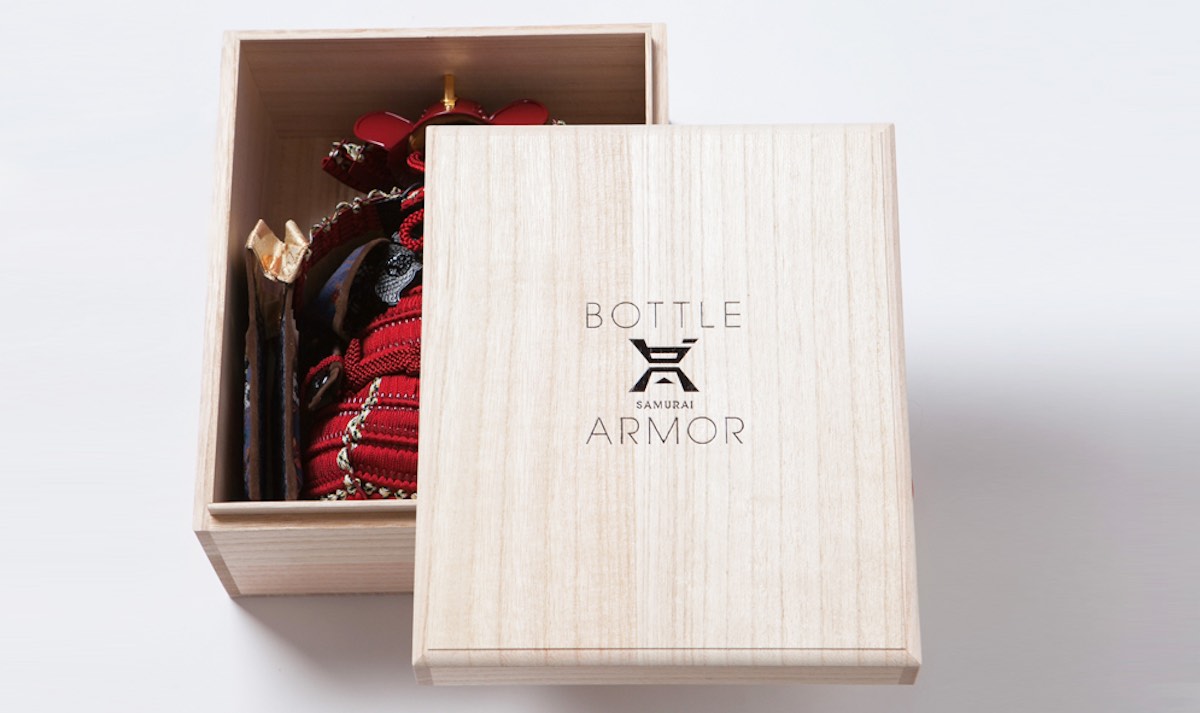
With Bottle Armor, you can communicate feelings that cannot be fully expressed in words to someone special.
*They are packaged in specially-made paulownia wood boxes made by the same first-rate craftsmen who created the boxes for the crown prince’s engagement gifts, imparting an air of class and luxury.
There are 3 sizes:
• Standard sake bottle (about 15.7 in/40 cm 1.8L)
• Mini bottle (height: 37 cm/14.5 in 750ml)
• Mini gold bottle (height: 37 cm/14.5 in 750ml)
References:
List01
List02
List03
List04
シリーズ・実像に迫る014 戎光祥出版株式会社
Sponsored Links
Unmissable Tours
Expand your horizons by interacting with diversity. Take a look at guided tours on which you can connect personally with the guides and have truly extraordinary experiences.
Search
